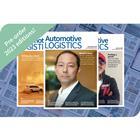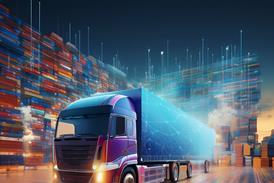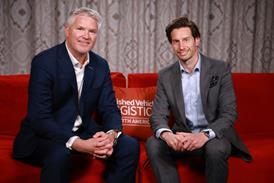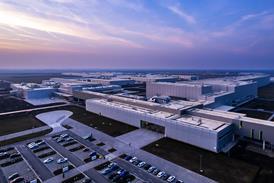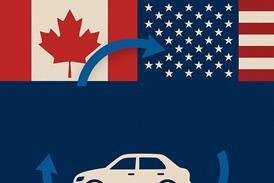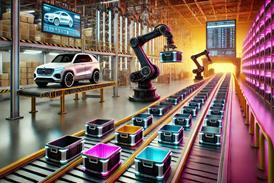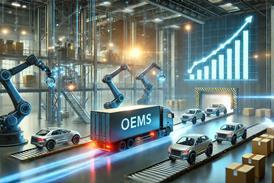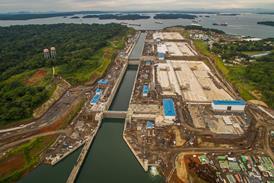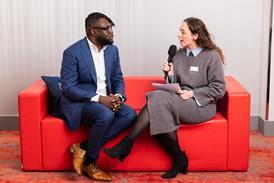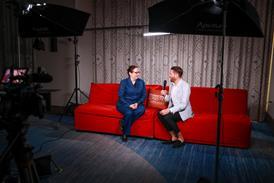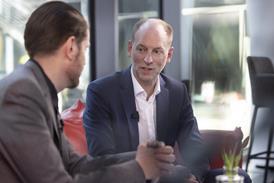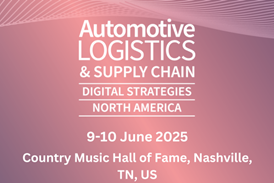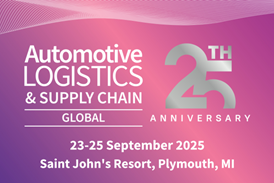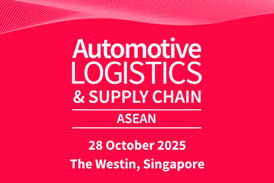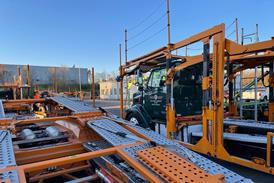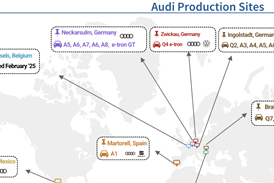All Feature articles – Page 26
-
 Feature
FeatureSuppliers set CEE on firm foundations
In the decades since the end of the Cold War, Central and Eastern Europe (CEE) has been attracting automotive components suppliers by virtue of its cheap labour, low taxes and convenient geographical location. Now, the region is aiming to maintain or even build on its gains in the face of vehicle electrification, rising global competition and other challenges.
-
 Feature
FeatureClubbing together in challenging times
We at Automotive Logistics like to think that we manage to stay ‘on trend’ and I reckon our latest print issue could finally prove it: not only topical and timely content, but two different brands packaged into one product. We felt that – as with any synergy – we could provide a stronger offering, increase customer satisfaction and improve productivity, among other things. By ‘on trend’, I mean that consolidation is a major theme of today’s automotive industry…
-
 Feature
FeatureUber Freight: will it get the gig?
Novel freight-on-demand services such as Uber Freight are helping to connect shippers and hauliers, promising to help transport operators to optimise the capacity of their vehicles and increase profit margins…
-
 Feature
FeatureRunning short: US trucking sector battles driver deficit
Car transporters across the US are feeling the effects of a significant shortage of drivers across the finished vehicle logistics sector – and are searching for the best solutions to tackle the continuing difficulties it poses to operations…
-
 Feature
FeatureDamage control: How technology can assist vehicle inspection
With approximately 80m new cars being produced globally each year, the automotive industry has a big job to do when it comes to checking the condition of finished vehicles, something that has long relied on human labour…
-
 Feature
FeatureBMW signs five-year lithium deal with Ganfeng
As part of its electromobility expansion, BMW has signed a 540m euro ($598m) supply contract with Ganfeng Lithium of Jiangxi province, China. The deal will guarantee 100% of the OEM’s lithium hydroxide needs for fifth-generation battery cells in its high-voltage batteries, according to the carmaker…
-
 Feature
FeatureRoom for manoeuvre with Glovis at Philaport
Glovis America is now operating a new $110m vehicle terminal at the port of Philadelphia on the US east coast, providing much-needed capacity at a time when larger car-carrying vessels are loading and discharging greater volumes
-
Feature
Speaker Presentations
Please click the links below to download the speaker presentations from Automotive Logistics UK 2019
-
 Feature
FeatureAgreement on USMCA promises to remove trade uncertainty
The US, Mexico and Canada have finalised the United States–Mexico–Canada Agreement (USMCA), which is to replace the existing North America Free Trade Agreement (Nafta)…
-

-
 Feature
FeatureFresh floes: What does the Northern Sea Route mean for automotive logistics?
The Northern Sea Route (NSR), a growing shipping lane linking South-East Asia with Northern Europe through Arctic waters, is set to become a competitor to the Suez Channel for cargo delivery between these two regions. Russian authorities believe that the NSR would could be used for all types of cargo – and automotive product, both parts and vehicles, would be no exception.
-
 Feature
FeatureAutomotive Logistics Middle East and Africa Conference 2019
The gallery above is just a small selection of photos from across the three days of this year’s conference. For a more comprehensive gallery, please visit our Facebook page.
-
 Feature
FeaturePorts America appoints Peter Levesque as president
Peter Levesque, Ports America Peter Levesque is to become president of North American marine terminal operator and stevedore, Ports America in February 2020. He takes over from Mark Montgomery, who has held the position as well as that of CEO since the beginning of 2018. Montgomergy will ...
-
 Feature
FeatureSouth Korea’s NEV exports continue to rise
In the face of a general decline in vehicle exports from South Korea, the country’s Ministry of Trade, Industry and Energy has found a silver lining in increased exports of new energy vehicles (NEVs). It has also recorded rises in automotive parts exports to emerging markets.
-
 Feature
FeatureGalvanising the aftermarket for an electric future
The rise in EVs in Europe will have an impact on the aftermarket and the logistics supporting it, not least in the management of replacement lithium batteries
-
 Feature
FeatureMap: Volkswagen’s growing network of IT expertise
Volkswagen Group IT has opened or expanded global IT and software centers, with growing significance across the company’s IT research and operations. Check out a map of their key locations and functions.
-
 Feature
FeatureA program of change for Volkswagen Group IT
Over the past two years, Volkswagen’s central Group IT division, led by CIO Martin Hofmann, has been expanding staff numbers, investment and digital projects across the group’s business processes, and working more closely with brands like Audi, Porsche and Skoda. In the first of a multi-part article special on Group IT, we explain the evolving shape of the organisation.
-
 Feature
FeatureAt the centre of change for Volkswagen Group
Martin Hofmann, chief information office of the Volkswagen Group (pictured, right), explains how the carmaker is transforming its IT system backbone and legacy infrastructure across manufacturing, purchasing, supply chain and engineering – and how Volkswagen is now able to attract top software talent.
-
 Feature
FeatureBuilding Volkswagen’s Industrial Cloud
Volkswagen Group’s landmark project with Amazon Web Services will help to connect all its global factories, and eventually the supply chain as well. At the core of the project is a drive to establish a standard software stack that will transform the way production IT is developed and implemented across Volkswagen locations.
-
 Feature
FeatureWhite paper: Why automotive companies are looking to a new model to enable digital transformation
New technology, economic uncertainty and changing consumer patterns are making it vital to for automotive companies to adapt and respond quickly to these changing conditions. To do this, they need to run flexible and responsive automotive supply chains. However, today’s legacy, monolithic IT architectures are no longer fit for purpose and are undermining the ability to adapt, innovate, and stay competitive.

